Compartment Syndrome In Hand
Compartment syndrome in hand. The difficulty in diagnosis is in part due to the absence of an established diagnostic criteria. Local trauma and soft tissue destruction bleeding and edema increased interstitial pressure vascular occlusion myoneural ischemia. Compartment syndrome occurs most often in the lower leg.
Compartments are groups of muscle tissue blood vessels and nerves in. Compartment syndrome of the hand is an uncommon but acute surgical issue. Acute compartment syndrome ACS can occur in any distinct anatomic compartment bound by unyielding fascial membranes.
But it can also impact other parts of the leg as well as the feet arms hands abdomen belly and buttocks. Hand Forearm Compartment Syndrome. Compartment syndrome may affect any compartment including the hand forearm upper arm abdomen buttock 6 and entire lower extremity.
The clinical findings in compartment syndrome in the hand are similar to the previously described findings in the forearm and include pain in the region pain with passive stretching of the involved muscles localized swelling paresthesia in the involved nerve distribution and muscle paresis. Normal tissue pressure is 0-10 mm Hg. Compartment syndrome can occur in the hand the forearm the upper arm the buttocks the leg and the foot.
Compartment syndrome can limit the flow of blood oxygen and nutrients to muscles and nerves. ACS has been described in the upper extremity primarily the forearm lower extremity primarily the leg hand foot buttock abdomen thorax and orbit table 2 2752-55. The usual clinical presentation is an edematous hand held in a slightly intrinsic position with severe pain resistant to level 111 analgesia.
Failure to adequately diagnose and treat compartment syndromes of the hand can lead to irreparable functional. The most common compartment syndrome that occurs affects the front anterior fascial compartment below the knee. Intracompartmental pressure exceeding capillary filling pressure causes decreased tissue perfusion resulting in progressive ischemic death of compartment contents.
Unequivocally positive clinical findings should prompt emergent operative intervention without need for compartment measurements. Pain will be noted with passive abduction and.
Compartment syndrome of the hand and fingers will present itself as hypoesthesia on the volar surface of the fingers tenderness in the palm and weakness of thumb opposition and limited flexion.
Untreated it has dire functional consequences. Untreated it has dire functional consequences. Compartment syndrome of the hand can be a challenging diagnosis to ascertain. All of the patients had a tense swollen hand and elevated pressure in at least one interosseous compartment. Acute compartment syndrome is a serious condition that involves increased pressure in a muscle compartment. Compartment syndrome can limit the flow of blood oxygen and nutrients to muscles and nerves. Acute compartment syndrome ACS can occur in any distinct anatomic compartment bound by unyielding fascial membranes. Local trauma and soft tissue destruction bleeding and edema increased interstitial pressure vascular occlusion myoneural ischemia. It can cause serious damage and possible death.
Compartment syndrome of the hand has been linked to a number of various etiologies. There are four fascial compartments in the leg below the knee. The clinical findings in compartment syndrome in the hand are similar to the previously described findings in the forearm and include pain in the region pain with passive stretching of the involved muscles localized swelling paresthesia in the involved nerve distribution and muscle paresis. The usual clinical presentation is an edematous hand held in a slightly intrinsic position with severe pain resistant to level 111 analgesia. Local trauma and soft tissue destruction bleeding and edema increased interstitial pressure vascular occlusion myoneural ischemia. Compartment syndrome may affect any compartment including the hand forearm upper arm abdomen buttock 6 and entire lower extremity. Intracompartmental pressure exceeding capillary filling pressure causes decreased tissue perfusion resulting in progressive ischemic death of compartment contents.


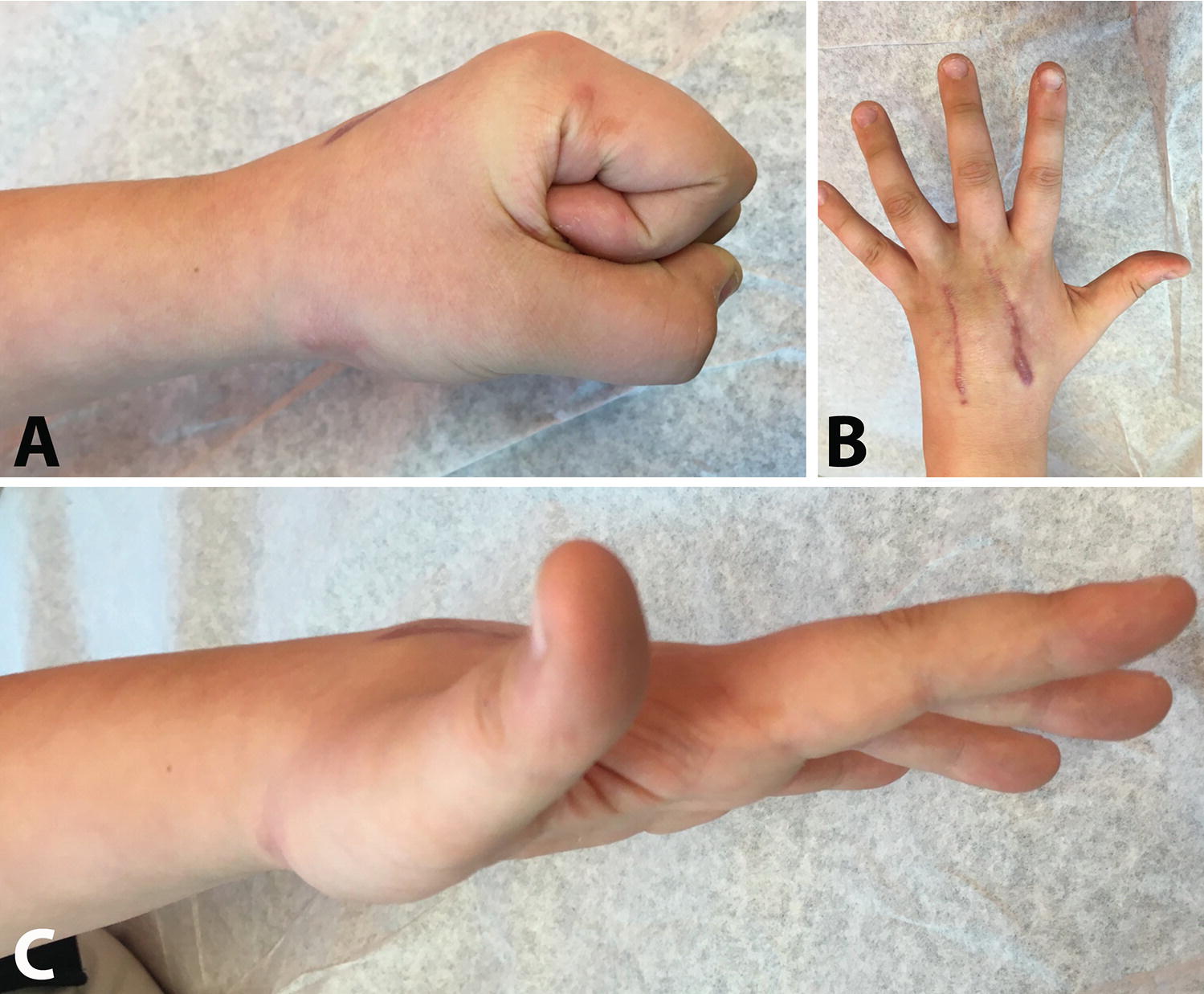




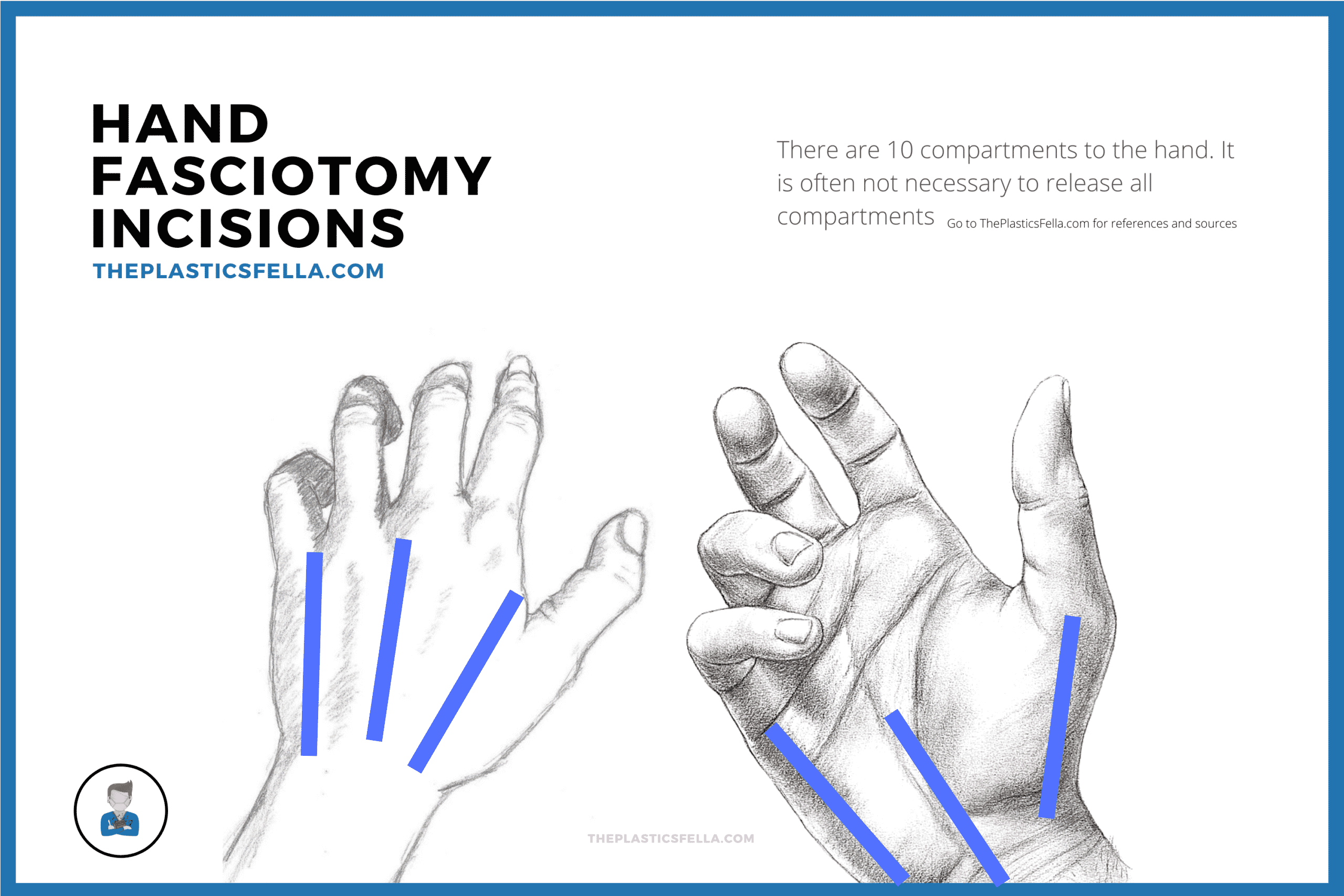
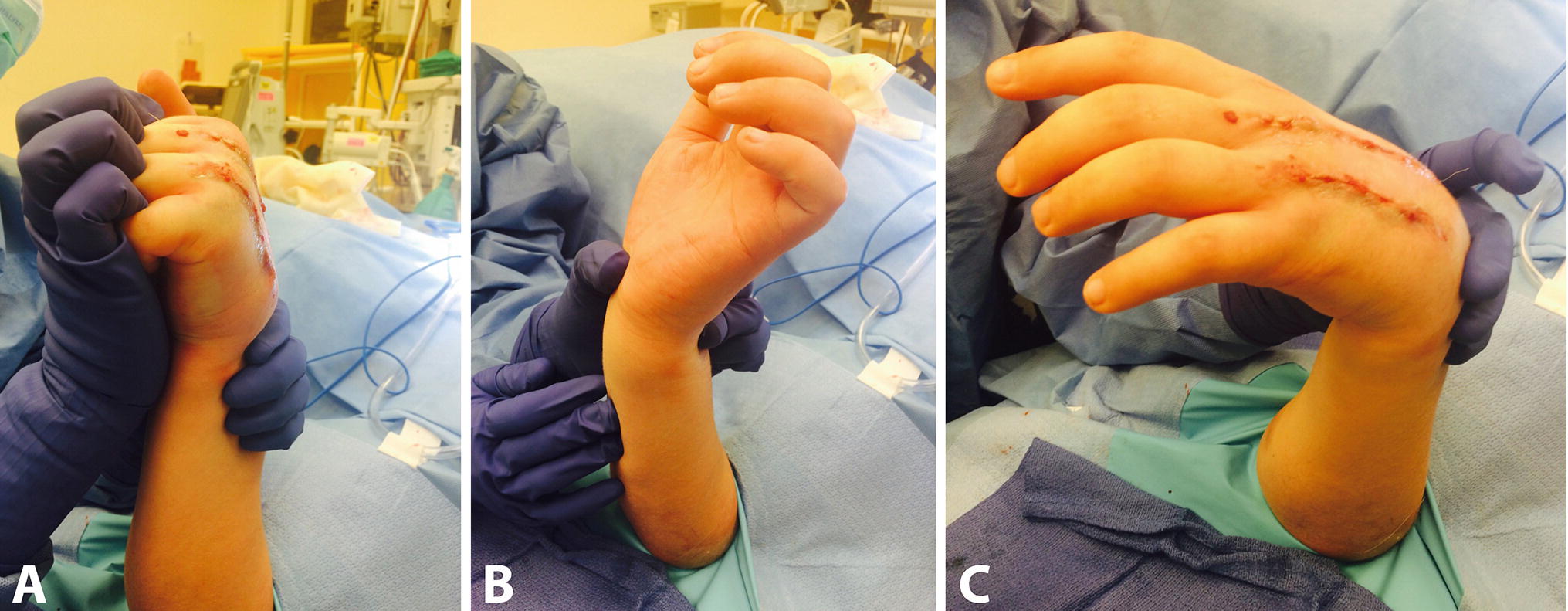

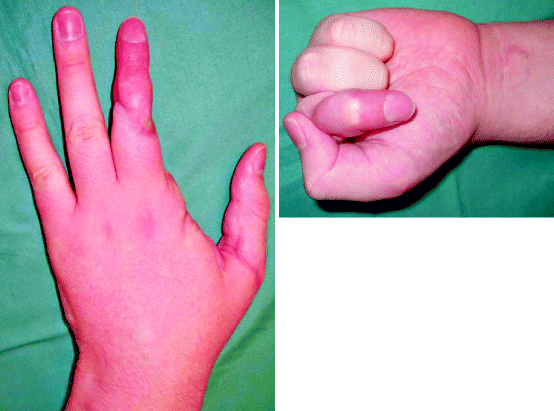

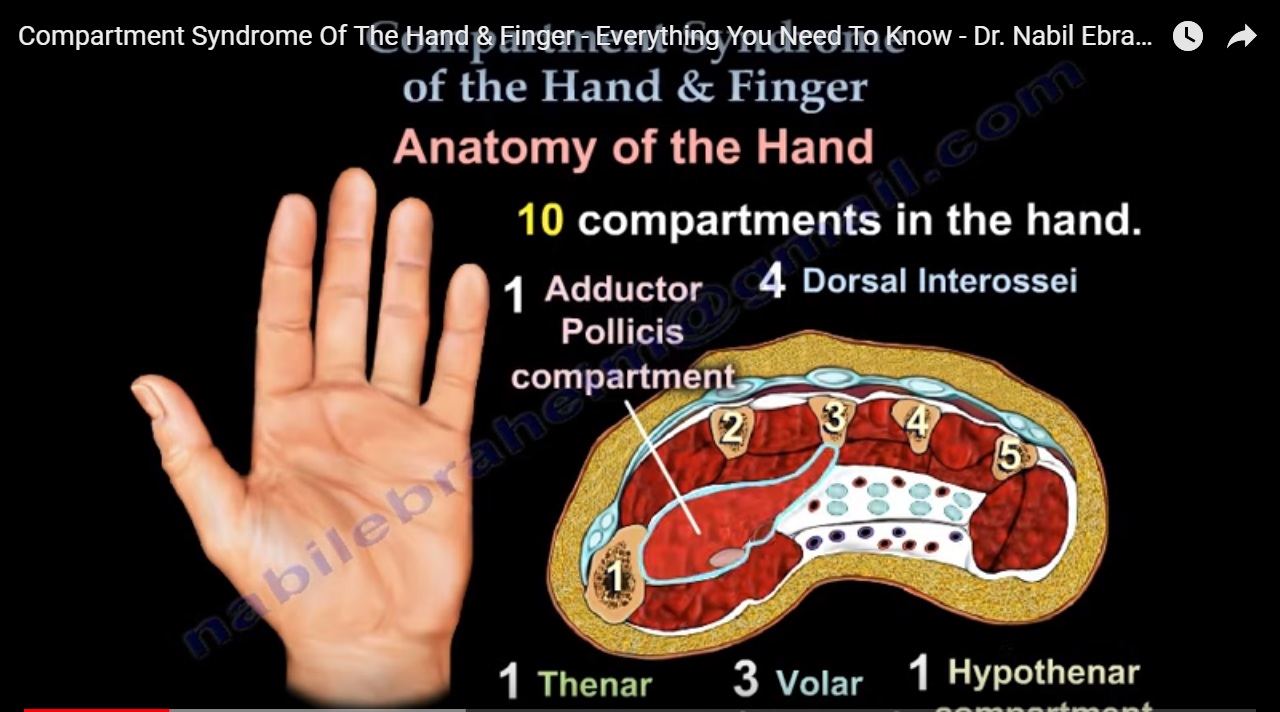
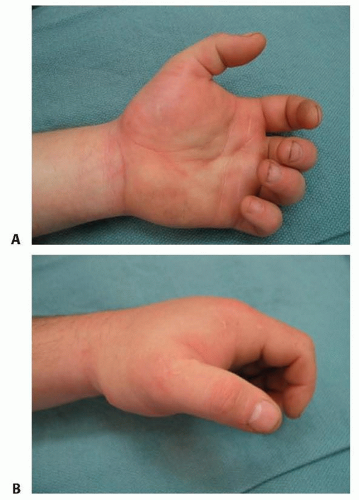



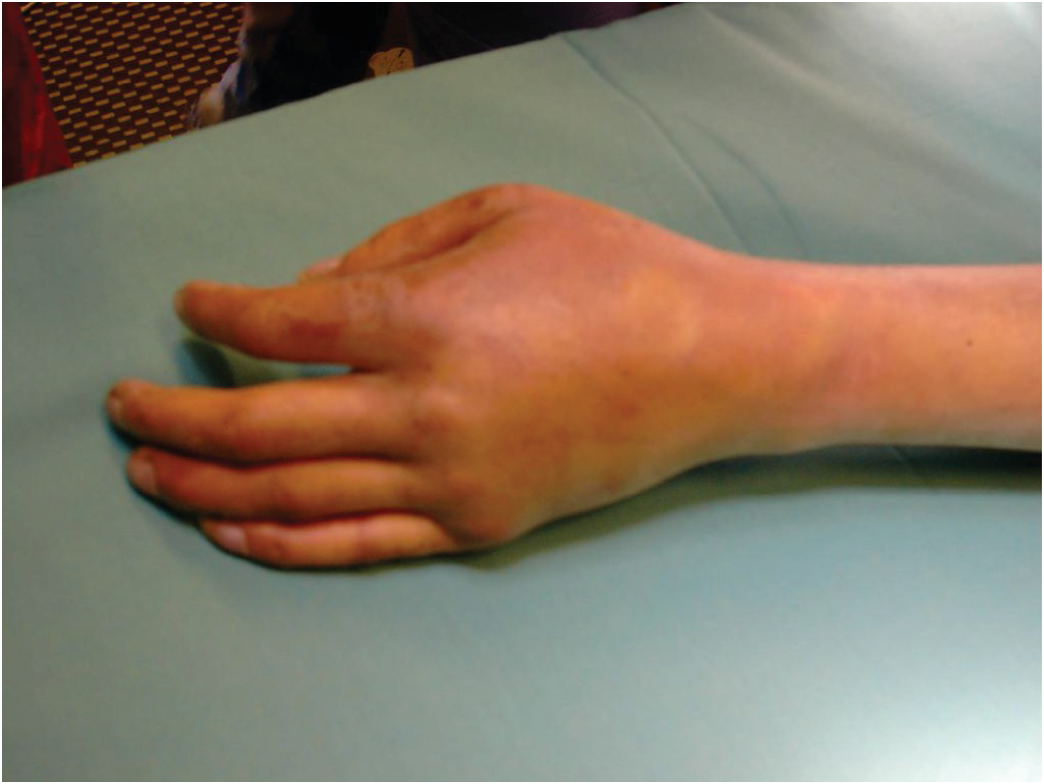







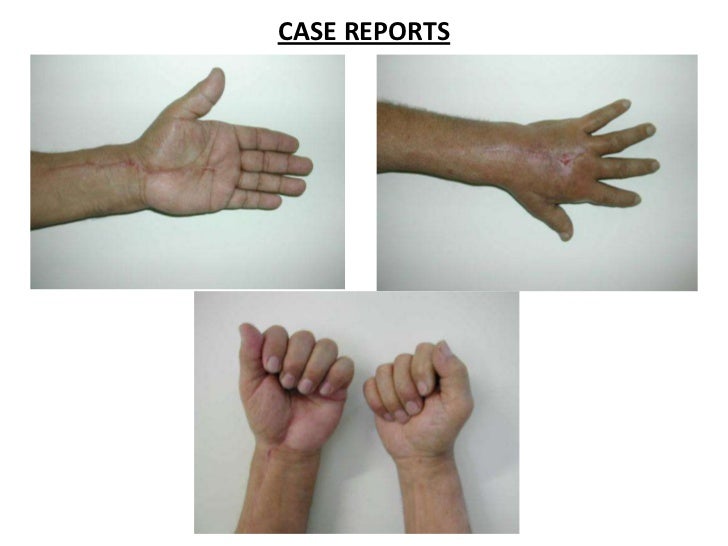






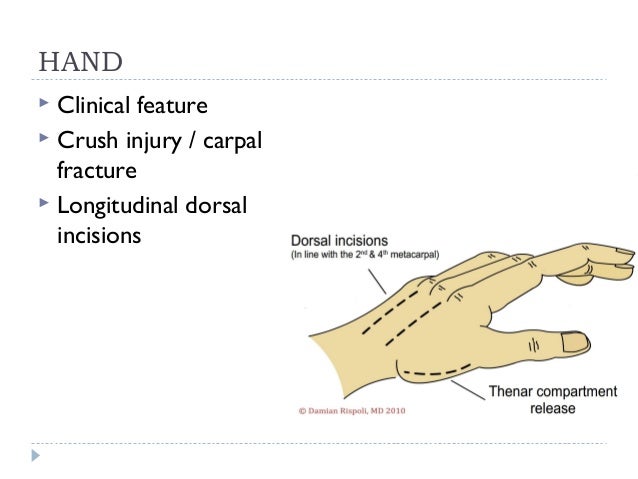











Post a Comment for "Compartment Syndrome In Hand"